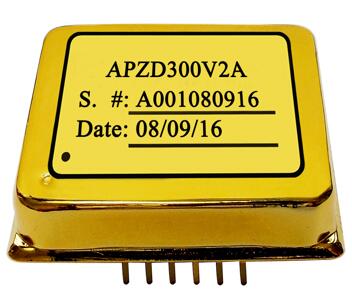Since 1880 that the Curie brothers discovered the piezoelectric effect of tourmaline, it has been well studied and widely used in various fields for nearly 140 years. Piezoelectric ceramics is the most typical representative.
The working principle of piezoelectric ceramics is actually the conversion of energy. Applying a pressure or pulling force to the piezoelectric ceramics to deform the surface of the piezoelectric ceramics will generate electricity at both ends of the ceramics. This is to convert mechanical energy into electricity; on the contrary, applying a changing electric field to piezoelectric ceramics will lead to a continuous deformation on the ceramics, forming a vibration effect, which is to convert electricity into mechanical energy.
In addition, the sensitivity of the piezoelectric ceramic is very high, so that it can be applied in many high-precision fields and our daily lives, such as the detection, positioning and communication of underwater targets; the monitoring on earthquakes, or strong convective weather; a new type of bicycle damping controller.

Piezoelectric ceramics produce small deformation in the electric field, no more than one in ten million. Piezo driver is developed based on this principle for controlling precision instruments and machinery, microelectronics, and bioengineering, etc.
In fact, the piezoelectric ceramic cannot be applied without the Piezo driver in applications. This Piezo driver, as shown in the picture above, is developed by Analog Technologies, Inc. It is a high efficiency piezo driver that can reduce power consumption by 80%; it has high driving capability of up to 100μF; with a built-in waveform generator, this Piezo driver can generate sine, square, and triangle waveforms; the input voltage is 5V and the output voltage range is ‒50V to 200V.
Please feel free to contact us if you are interested in this piezo driver.